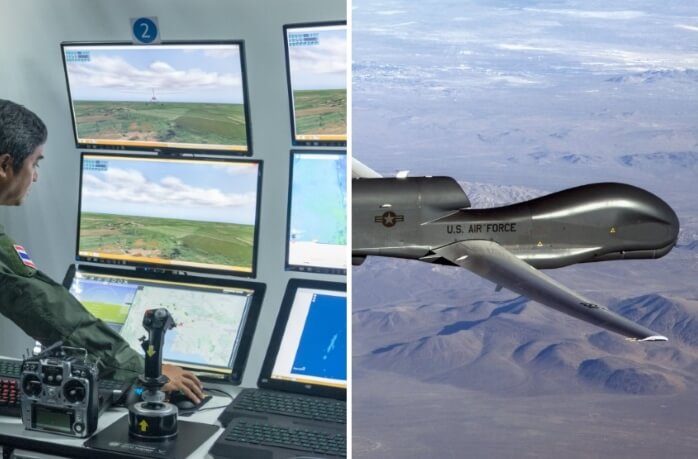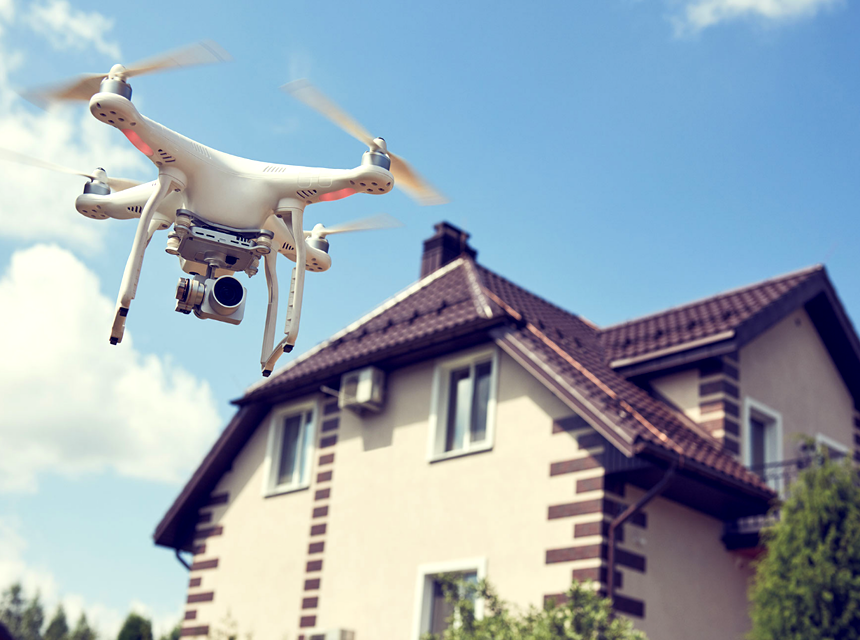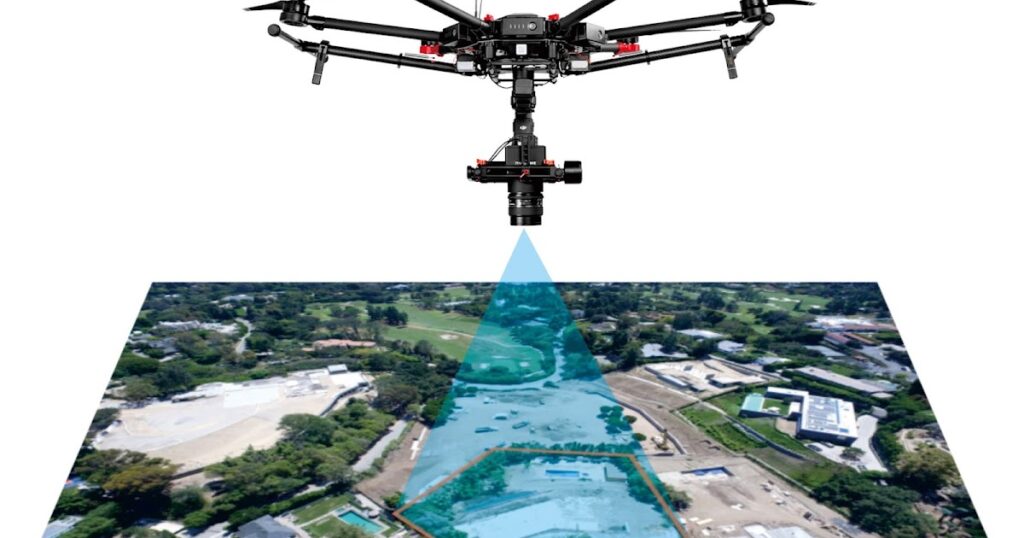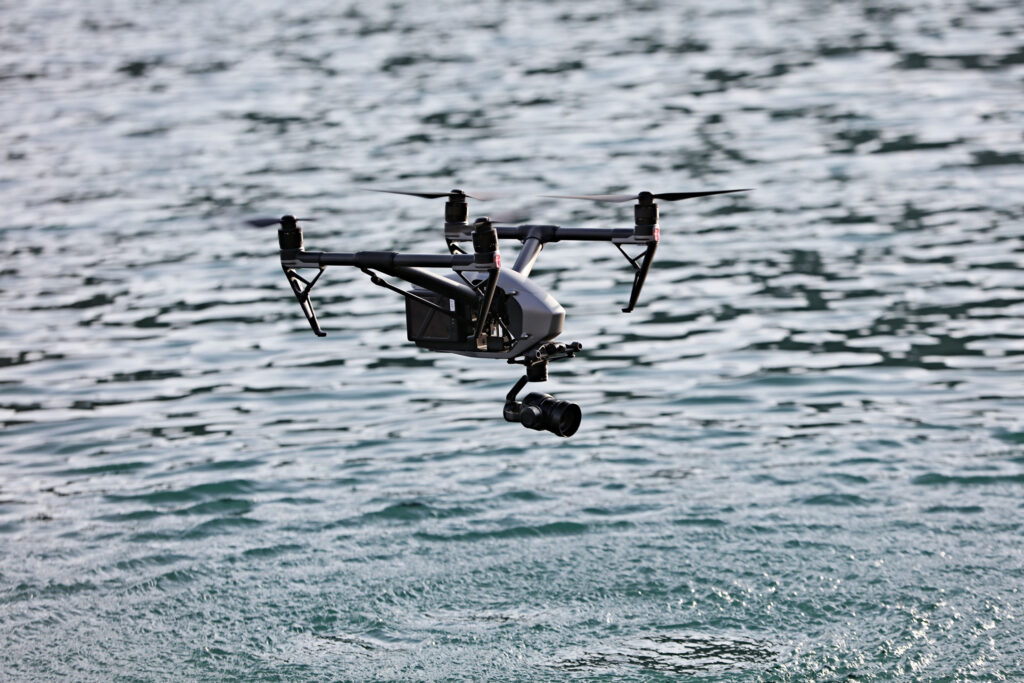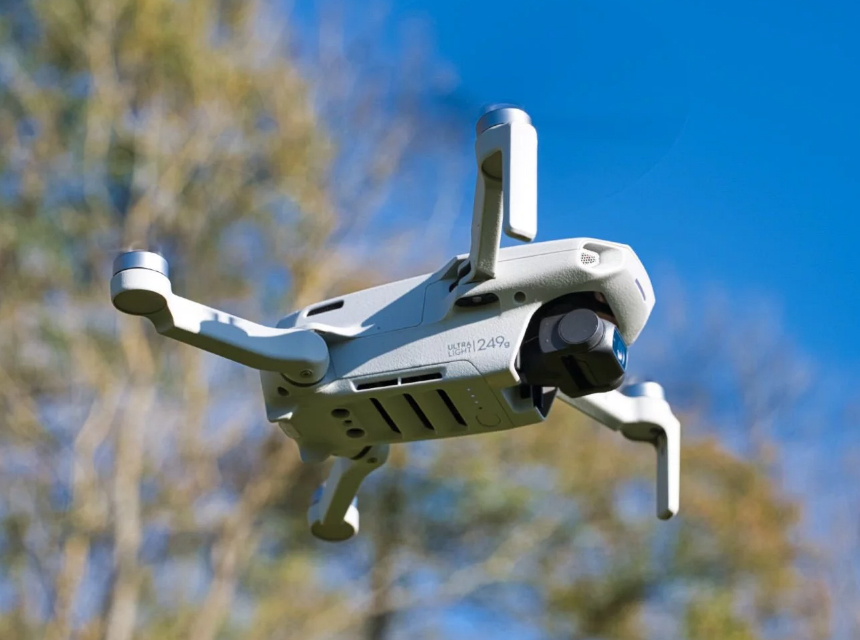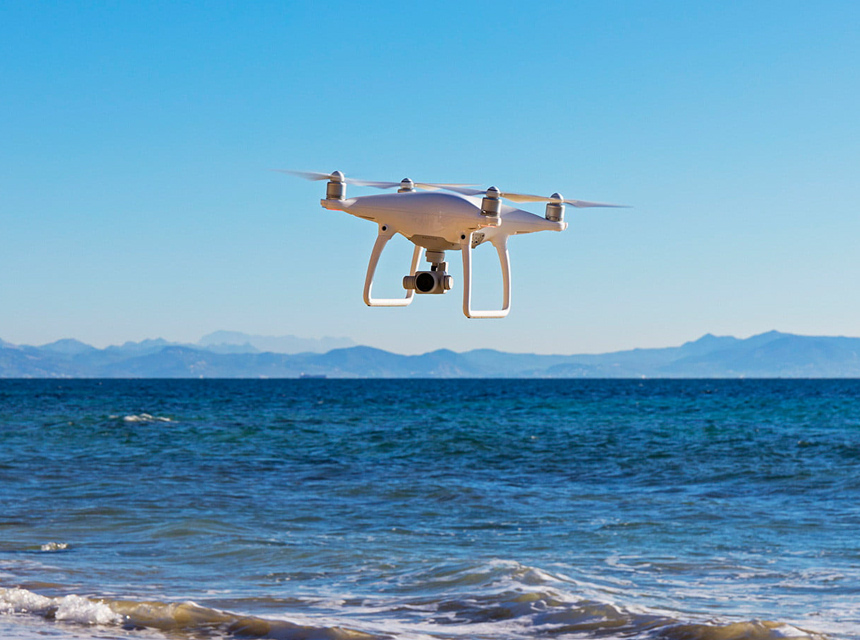No one can honestly blame you for finding the low but continuous noise of drones annoying. Sometimes, you just want to get that buzzing noise out of your fragile ears. Interestingly, the noise from drones is not only annoying, but it can also have adverse health effects.
Of course, drones can’t be completely silent due to the continuous movement of their motors and propellers during operation. However, you can make them quieter. In this article, we’ll tell you all about how to make drones quieter. We have a lot of ideas for you; from using large, slow-spinning propellers to opting for noise reduction shrouds and more.
Besides, you must have a lot of questions you need answers to. How loud are drones? Why are they noisy? Read on to get answers to all of these questions and even more in this article.
How Loud Are Drones?
Drones are so loud that a NASA study Trusted Source Initial Investigation into the Psychoacoustic Properties of Small Unmanned Aerial System Noise - NASA Technical Reports Server (NTRS) For the past several years, researchers at NASA Langley have been engaged in a series of projects to study the degree to which existing facilities and capabilities, originally created for work on full-scale aircraft, are extensible to smaller scales –those of the small unmanned aerial systems (sUAS, also UAVs and, colloquially, `drones’) that have been showing up in the nation’s airspace of late. ntrs.nasa.gov discovered that people find their noise more annoying/troubling than that of ground vehicles, even when the sounds are of the same volume. But the researchers suggested that the different reactions may be because people are used to the sounds of cars and are more willing to accept their noise.
Besides, drones do not make the same level of noise. Specifically, your drone may be louder or quieter than that of your friend. Generally, you can hear drones at levels between 68 and 85 decibels (dB). The higher the decibels, the louder the noise from your drone. Your ears may even be in danger in case of prolonged exposure to the noises.
However, there’s a low chance of you being exposed to loud drones for long periods because these aircraft are engineered to fly far away from you.
Why they can be noisy?
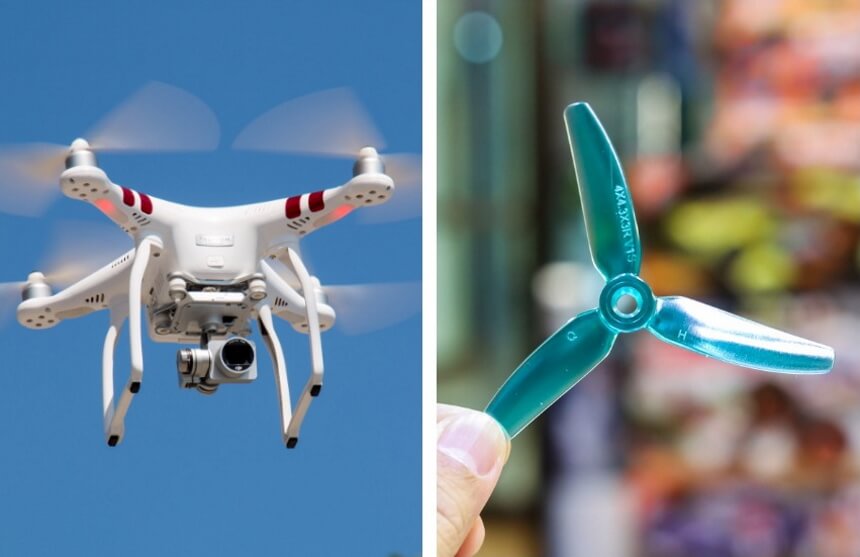
Propellers’ rotation frequency — Usually, the quicker propellers whip through the air, the higher the frequency they will generate. There’s hardly anything you can do about drones that need a high-frequency rotation to operate because that’s what keeps them in the air.
Also worthy of note is the fact that, the smaller the drone, the higher its frequency. So, if you want a drone with a slower rotational speed, you’ll need to invest in a larger option.
Propellers crossing over arms — Another reason why drones produce noise is propeller blades crossing over the arms. This is an unavoidable action because these blades must pass over the arms that go beyond the drone’s body.
The blades passing over the arms produce a temporary high-pressure system and stop the aircraft from creating pressure. This action produces a sound and pressure wave that is of low frequency.
Drone’s weight — The weight of a drone contributes to its noise. Typically, the propellers of a heavier aircraft will spin faster and consequently, be louder.
Propeller blade’s diameter and pitch — The smaller the diameter, the smaller the surface area. This decreased surface area provides less lift, which means the drone’s engines get to spin fast, creating more noise. Also, the lower the pitch, the less lift the blade produces. As the lift decreases, the rotational frequency will increase, which means more noise.
Environment — Lastly, the environment where you’re flying your drone determines how noisy it can be. Naturally, a drone sounds louder if it flies in quiet areas than if it flies in busy environments. The more ambient noise from other people, music, vehicles, or anything else around you, the less noise you’ll hear from your drone.
Drone Noise Reduction Tips
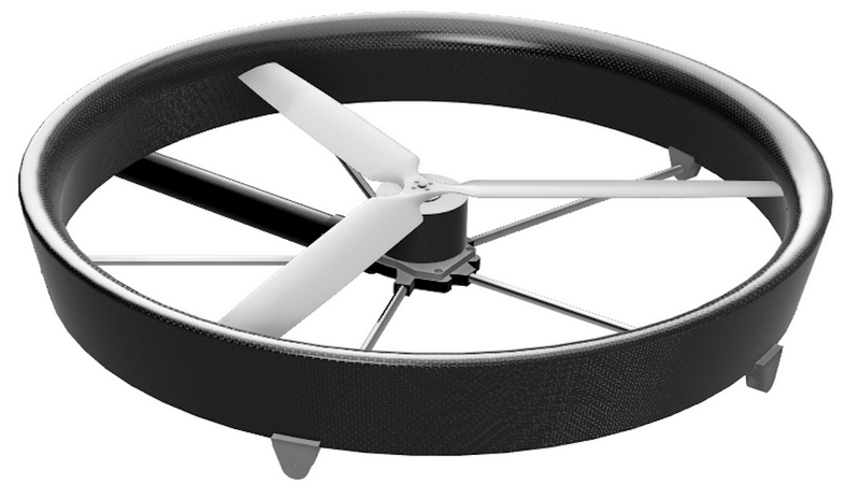
Noise reduction shrouds
When drones make so much noise that is both annoying and harmful to people’s health, it’s not surprising that a company has sought a solution. That company is Dotterel Trusted Source Ground breaking audio technology for UAVs Dotterel has developed a unique audio system. It uses an array of small microphones and a new processing algorithm for end-fire beams. Dynamic adjustable beam widths can be focused on the target, while rejecting off-axis noise including noise from the drone itself. www.dotterel.com , which specializes in reducing drone noise. The company makes noise reduction shrouds, which many users say work quite well.
The noise reduction shrouds feature coverings that lower the noise that comes from blades contacting various parts of the drone. These shrouds contain nanofiber sound dampening substances that absorb noise from the aircraft. The nanofiber works by capturing the noise and directing it upwards to prevent it from reaching people on the ground.
Interestingly, noise reduction shrouds do not only reduce drone noise but also protect the propellers to a reasonable extent. Thankfully, they work on any drone although there are different models for certain types of drones.
Sanding propellers
If you won’t be investing in noise reduction shrouds to reduce your drone’s noise, then you may be interested in sanding the propellers as an alternative fix. You’ll be surprised but logos on drone propellers do contribute to noise. Generally, propellers carry the logos of their manufacturers. Removing your drone’s logo and smoothening the surface with sandpaper can help reduce noise.
Also, your drone can make more noise if the blade’s shape is not in a smooth form. If you can smoothen the rough edges with sandpaper, you have a good chance of making your drone quieter.
Larger propellers
Remember that the smaller a drone’s propellers, the higher their rotational frequency, which leads to more noise. If you’ve been working with small propellers, it’s time to change it. Small propellers displace lower air with each turn, directly contributing to the production of more noise.
Large propellers, on the other hand, can displace more air when operating, meaning that they don’t have to rotate as quickly as small propellers to keep the drone in the air. With large propellers, the noise doesn’t go away but it’s reduced to a manageable level.
However, we must note that larger propellers might put more strain on your aircraft’s motors, which can cause them to wear out faster. Additionally, battery power will drain quicker because the motors are under extra strain.
Make your own propeller
Maybe you don’t need to buy propellers if you can make them yourself. But we must warn that making your own propeller is not easy to work out, especially if you don’t have the right skills and knowledge of getting it done. Unsurprisingly, DIY propellers are likely to be weaker than commercial ones. So, we advise that you follow the right procedures and avoid mistakes.
Besides, when making your own propeller, ensure that you match up its frequency to reduce the noise. Also, the propeller should match the size you’re about to replace.
Opt for four blades
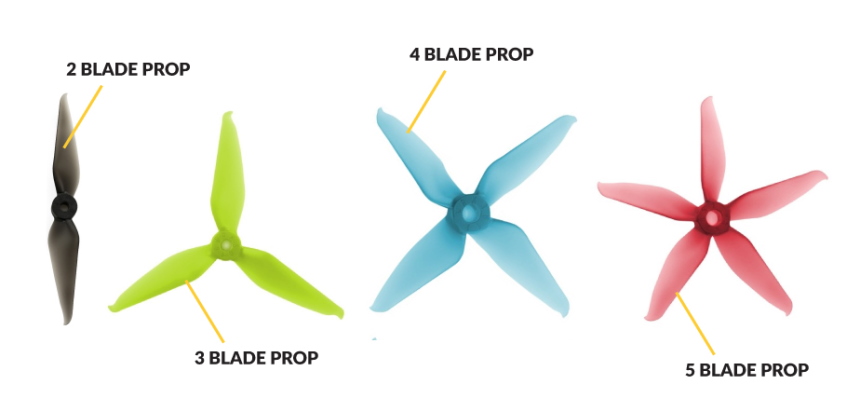
Consequently, your drone’s revolutions per minute (RPM) will reduce because the drone does not need to spin the blades as fast to lift it off the ground. The reduced RPM means less noise. But keep in mind that since your aircraft is creating more lift, your battery life will drain quicker because your engines are working harder.
If you’re looking to replace your two-blade propellers, there are various four-blade options on the market but you must look out for only the high-quality ones. You can opt for the Original FPV Propellers for DJI Drone, thanks to their admirable quality according to most reviews. The 4 pairs are made of composite materials. Despite being relatively large, these propellers are lightweight and have high tensile strength.
More motors
Adding more motors to your drone can also make it quieter but it needs to have a large wing. Using many small quiet motors to power your aircraft creates less noise than when you use fewer larger motors.
Propeller maintenance
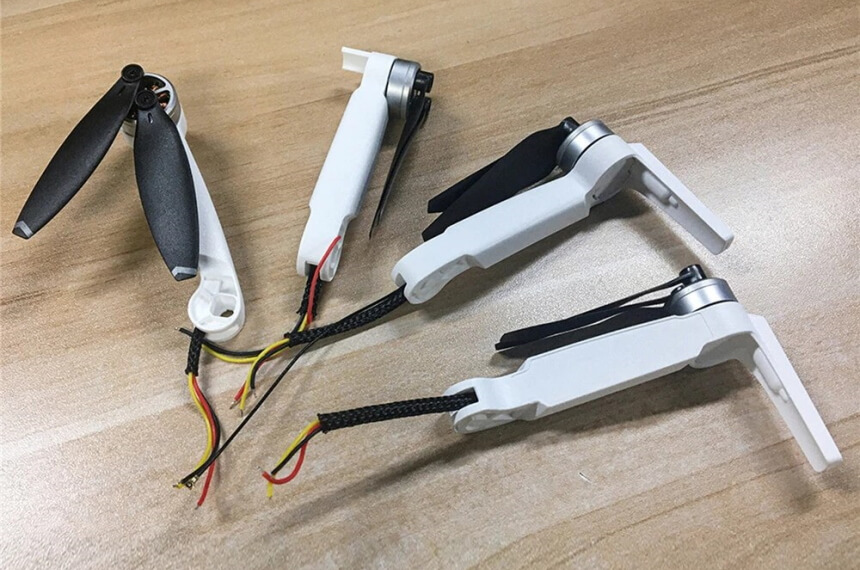
Of course, that recommendation is only valid for normal situations. You will need to change your propellers much earlier if you crash your drone and notice any damage to the props.
Cleaning routine
If you want to keep your drone as quiet as possible, you can’t leave them dirty. Ensure that you clean it properly after each operation and keep it in a dry, safe location. A scotch pad and dishwashing liquid can help you get rid of stubborn dirt. If you don’t remove the dirt, it may mess with the aerodynamics and make the blades noisier than normal.
Invest in quieter drones
If you’ve exhausted all of the options above and there are still no changes to your drone’s annoying noise, maybe it’s time to invest in a quieter drone. By now, you know that drones don’t make the same level of noise; the levels differ for various aircraft. Therefore, you have the chance to find a quieter drone on the market but you’ll need to be careful so that you don’t make the wrong choice.
Moreover, the DJI Mavic 3 has a reputation for being one of the quietest options on the market based on the reviews of many users. That reputation is certainly helped by the aircraft’s three low-noise propellers.
In addition to the low-noise props, this drone boasts a 4/3 CMOS Hasselblad Camera and a sensor that provides a 12.8-stop dynamic range that retains more details in shadows and highlights and shadows. No doubt, this aircraft is a smart way to upgrade your work to a professional level.
We must note that you can only look for a quiet drone, you can’t find a silent one. Even the best surveillance drones, the best indoor drones, and the best drones for hunting buzz but their noise levels are manageable!
Final Thoughts
Without any doubt, drone noise can be annoying but where it gets worse is the resultant pollution because scientists believe it constitutes a health risk. According to a study Trusted Source Noise exposure and public health. Exposure to noise constitutes a health risk. There is sufficient scientific evidence that noise exposure can induce hearing impairment, hypertension and ischemic heart disease, annoyance, sleep disturbance, and decreased school performance. www.ncbi.nlm.nih.gov , there is sufficient scientific evidence that lingering noise exposure can induce hearing impairment, sleep disturbance, hypertension & ischemic heart disease, sleep performance, etc.
With so many health concerns, getting rid of excessive drone noise is important. Our noise reduction tips tell you how to make drones quieter and you have to trust and follow them to get the best results. If one tip does not work, try another; there’s always a solution among these ideas. If you can’t make your drone quieter, you may need to buy silent propellers. If the noise persists, a new, quieter drone may be the ultimate solution.







